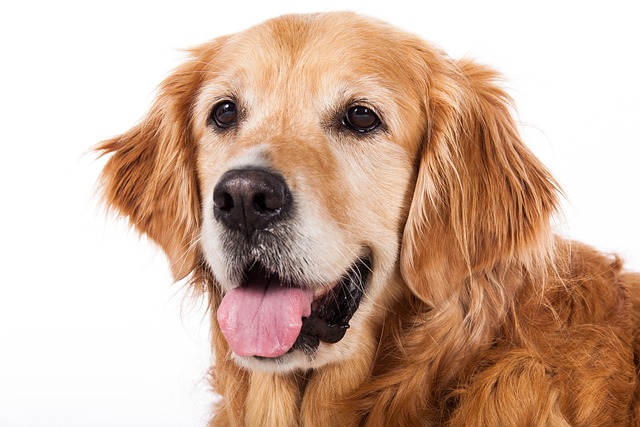
why is my dog scared of people on walks
That sinking feeling on your afternoon stroll is all too familiar: your happy-go-lucky pup transforms into a trembling, tail-tucked mess the moment a neighbor approaches.
Dealing with a dog that keeps toileting indoors can test even the most patient owner, but fixing the issue starts with understanding it’s rarely about disobedience. With the right mix of routine, observation, and kindness, you can guide your pup toward better habits.
Start by pinpointing their schedule. Most dogs need to go shortly after eating, napping, or playing—set a timer to take them out during these windows. A Yorkie in Boston struggled with accidents until her owner started taking her out 15 minutes after each meal; within a week, the messes stopped. Consistency here is key—predictable trips build trust.
Choose a specific spot in your yard or nearby green space for them to go. The familiar scent will encourage them to wait for that location instead of going inside. Bring a favorite toy or treat to reward them immediately after they finish—positive reinforcement sticks better than scolding ever will.
If you catch them in the act indoors, a calm “let’s go outside” is more effective than yelling. Rushing them to their designated spot gives them a chance to finish there, and you can still offer praise. Scaring them mid-act might make them hide to go potty later, making the problem worse.

Older dogs or those with mobility issues might need extra help. A senior lab in Seattle couldn’t make it down the porch steps in time, so his owner installed a ramp and added an extra potty break at bedtime. Small adjustments like these respect their limitations while keeping your home clean.
Cleaning accidents properly is non-negotiable. Regular household cleaners won’t fully eliminate pet odors, and dogs are drawn back to areas where they smell their own waste. Enzymatic cleaners, available at most pet stores, break down the proteins in urine and feces—critical for preventing repeat offenses.
Be mindful of local rules, too. Even as you train them to go outside, always carry waste bags. Cities like San Francisco and Philadelphia fine owners who leave dog waste in public, and failing to clean up can strain relationships with neighbors. Good habits outdoors start with consistency indoors.
If accidents persist, check for underlying issues. A sudden change in bathroom habits could signal anything from a bladder infection to anxiety. A vet visit in Portland uncovered a thyroid problem in a rescue dog that had been toileting indoors—medication solved the issue in weeks.
Patience matters most. Puppies under six months can’t hold it long, and rescue dogs might need time to adjust to a new home’s routine. Rushing the process or showing frustration will only slow progress. With time, your dog will learn to associate going outside with good things—making everyone’s life cleaner and happier.

That sinking feeling on your afternoon stroll is all too familiar: your happy-go-lucky pup transforms into a trembling, tail-tucked mess the moment a neighbor approaches.
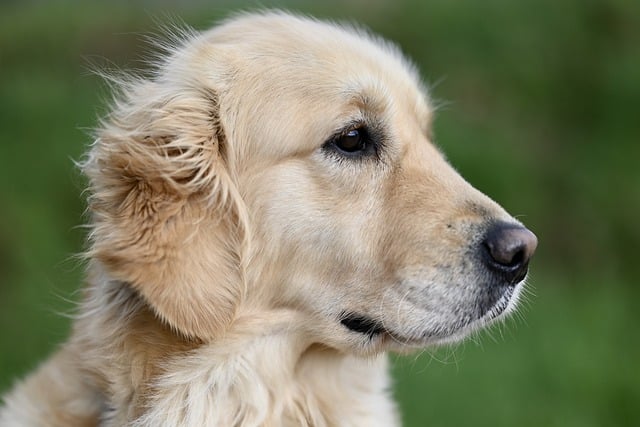
It’s deeply concerning when your once-confident pup starts cowering behind the couch when a friend visits or nervously backing away from a neighbor on your evening walk.
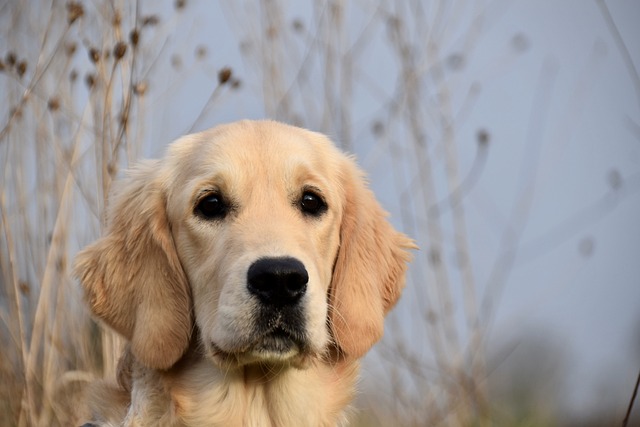
That heart-sinking moment on your daily walk—your dog spots a figure across the street, their body stiffens, and suddenly you’re holding the leash of a barking, lunging whirlwind.
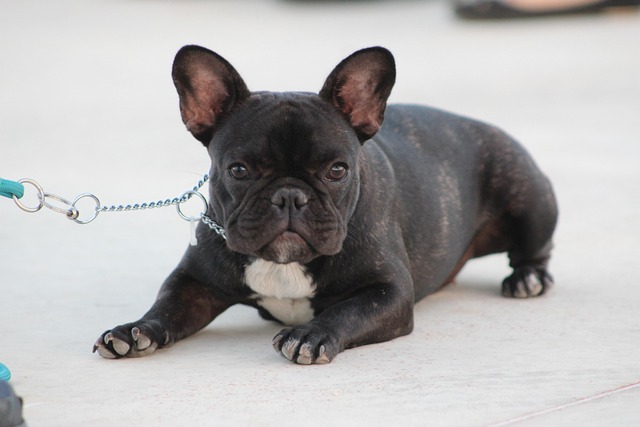
The timeline for a puppy’s full training stretches beyond simple commands—it’s a journey tied to their development, your patience, and the rules of the world they’ll navigate.
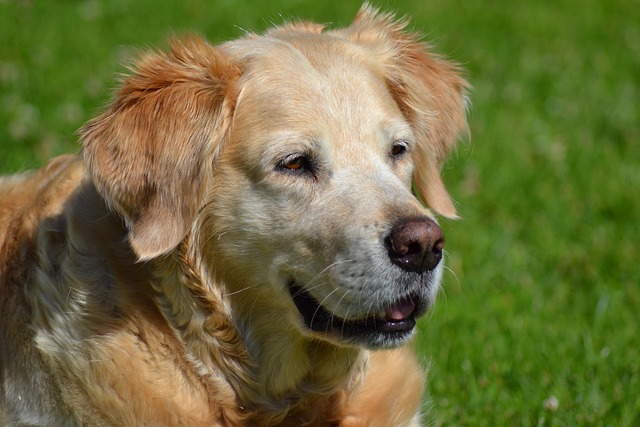
That low growl when the delivery driver approaches your porch or the frantic barking as guests ring the doorbell—if your dog struggles with strangers, you’re not alone
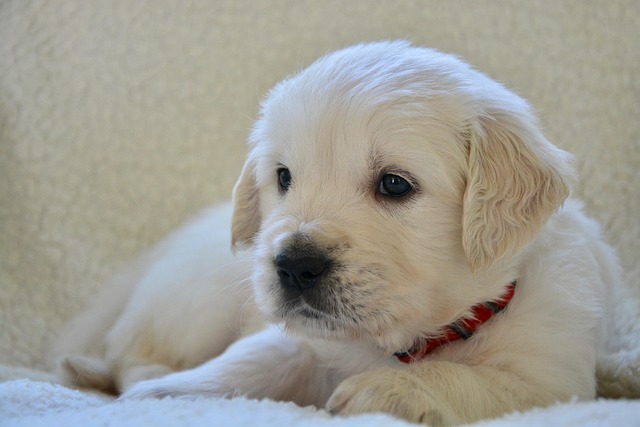
Of course, that's a question that weighs heavily on the heart of someone who just adopted a shy, older rescue dog from the shelter, or whose puppy missed some early crucial weeks.